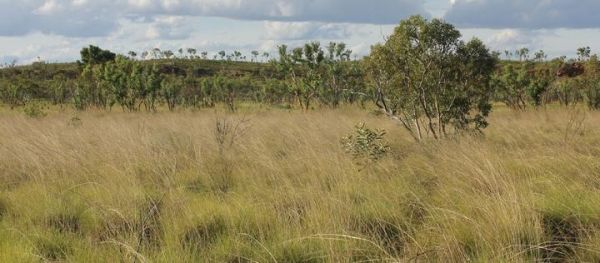A new study has uncovered when and why the native vegetation that today dominates much of Australia first expanded across the continent. The research should help researchers better predict the likely impact of climate change and rising carbon dioxide levels on such plants here and elsewhere. The dominant vegetation, so-called C4 plants, includes a wide variety of tropical, subtropical and arid-land grasses. , C4 plants also include important worldwide crops such as sugarcane, corn, sorghum and millet. The research has just been published online in the journal Geophysical Research Letters.
C4 refers to the metabolic pathway that certain plants use to conduct photosynthesis, as opposed to the method used by the C3 plants, which dominate cooler, higher-latitude regions. C4 organisms comprise about a quarter of the world’s plant life today. In many hotter regions, they came to dominate about 6 million to 10 million years ago. They apparently evolved to photosynthesize under warm, dry, conditions, and low levels of atmospheric carbon dioxide, which developed at that time. They have a special ability to take advantage of strong summer rainfall.
To figure when the plants spread across the Australian landscape, the researchers analyzed fossilized pollen and waxy substances found in leaves that had been swept off the continent, to be preserved in deep-sea sediments. Surprisingly, in northwest Australia C4 plants did not expand at the same time as they did on other continents, in spite of regionally arid conditions and falling atmospheric CO2, both of which should have promoted C4 vegetation. Instead, the researchers found, the vegetation expanded only 3.5 million years ago long after the other regions. The authors say that the rise of C4 plants in Australia was likely the result of a strengthened summer monsoon that developed around that time.
Read more at The Earth Institute at Columbia University
Image: In a C4-dominated Australian landscape, Triodia pungens dominates hummock grassland, with scattered Acacia and Eucalyptus. Photo taken on the Mittebah Station in the Northern Territory. (Credit: Courtesy of Terrestrial Ecosystem Research Network)


